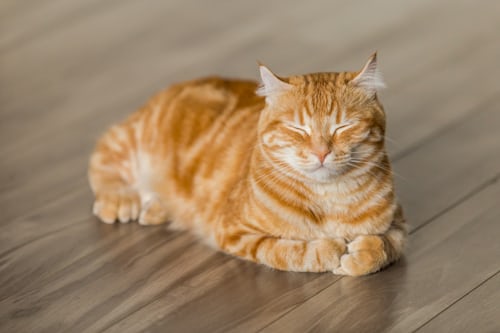Regular markdown images work as intended. For example:
Further regular html images also work as intended. For example:

In order to utilize Gatsby Image however, there is a bit of set up necessary for each image you include.
For example, consider the image "myface.jpg"
Put the image into src/images
Edit the file src/components/image.jsx in the folowing way:
Add a graphql query for the image with whatever name you want. In this case I used the name "aboutHeadshot".
//src/components/image.jsx //... const useFluidImage = () => { const images = useStaticQuery(graphql` fragment FluidImage on File { childImageSharp { fluid(quality: 70, maxWidth: 800) { ...GatsbyImageSharpFluid } } } query { favicon: file(relativePath: { eq: "icon.png" }) { ...FluidImage } + aboutHeadshot: file(relativePath: {eq: "myface.jpg" }) { + ...FluidImage + } } return images; }
Then add a case statement to the Image component to grab that particular image.
//src/components/image.js //... const Image = ({ particularImage, className, alt }) => { const images = useFluidImage() let fluid switch (particularImage) { case "favicon": fluid = images.favicon.childImageSharp.fluid break + case "aboutHeadshot": + fluid = images.aboutHeadshot.childImageSharp.fluid + break default: return null } return <Img className={className} fluid={fluid} alt={alt} /> }
- Begin using the image in your Blog
//src/blog/anyfile.mdx //... import Image from "../components/image" <Image particularImage="aboutHeadshot" className="mw5" alt="My headshot"/>
- Profit??
This procedure will result in the following image:
More Information
To learn more about Gatsby-Image check out https://www.gatsbyjs.org/docs/using-gatsby-image/
Further, if you know of a better way to go about implemnting this feature in this blog, let me know at https://www.github.com/kunalja/gatsby-starter-math-blog/issues